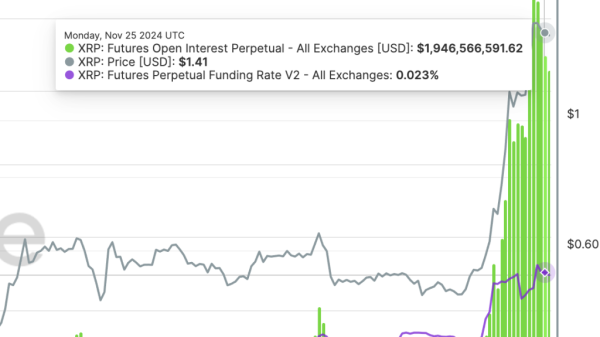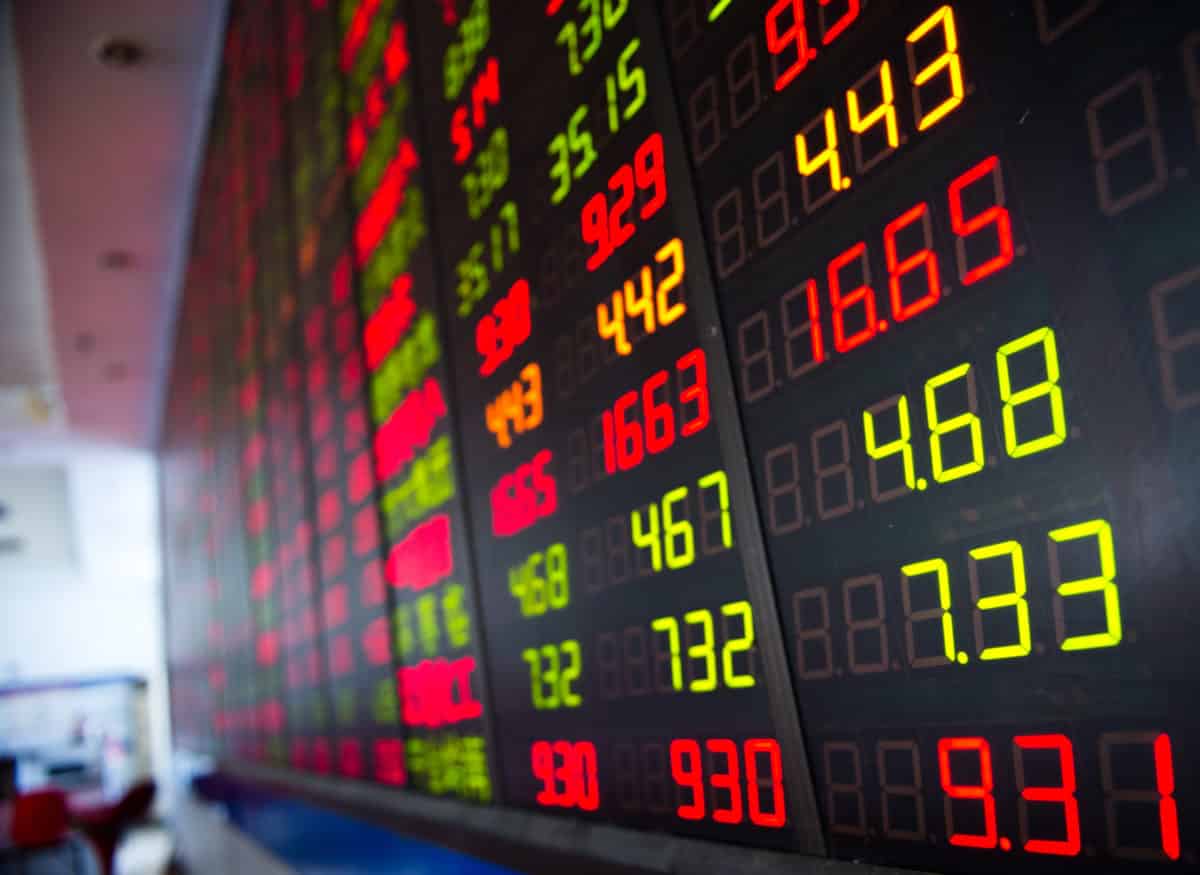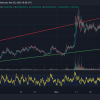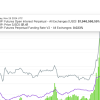The fluctuations in the financial markets are a subject of interest for many, with a particular focus on the robust economies of Asia, such as China and Japan. Navigating the intricate dynamics of the stock market can be a daunting task. This article, guided by the insights from Finance Brokerage, presents an examination of the mixed signals from China and Japan’s stock markets.
Starting with a broad lens on China, the world’s second-largest economy, there’s much to scrutnize in its financial landscape. It’s interesting to observe that the benchmark Shanghai Composite Index slipped by 0.26 percent, down to 3,503.49 points. Despite being a slight decline, this move ends up having a great impact on China’s economic performance. The Shenzhen Component Index also fell by 0.22 percent down to 14,913.21 points. Thus, one observes a declining trend characterizing the Chinese stock market.
While the Chinese markets slide under pressure, another major player, the Star Market, managed to counter the declining trend. The Star Market saw the 50 Component index inching up by 0.17 percent ending up at 1,199.52 points. This is a testimony to the mixed signals being emitted by the Chinese market situation and carries wider implications for investors both nationally and globally.
On the other side of the East China Sea, Japan, another economic giant, also shows a blend of ups and downs in the stock market. Paralleling what’s happening in China, Japan’s benchmark Nikkei 225 index fell by 0.02 percent, pointing to a downward trend. It’s worth noting that this slip is more subtle compared to the drops in China. However, it is nonetheless revealing about the precariousness that persists in the financial markets.
The Topix Index, encompassing all the companies of the Tokyo Stock Exchange’s first section, slipped massively by 0.32 percent, ending at 1,642.94 points. This scale of slip could lend a negative undertone to Japan’s overall financial health, reflecting a decline in investment appetite due to uncertainty in various economic sectors.
Still, amid these downward trends, the Nikkei 225 future contracts rose to 29,500 adding 1.45 from the previous close indicating resilience within the Japan’s stock market; a ray of optimism amidst the descending indices.
Looking at both China and Japan, the markets exhibit a cocktail of positives and negatives. The financial landscape is fraught with fluctuations that shine a light on the volatility of the global economy. For investors, it signals the need for an informed, strategic approach towards the stock markets in both countries.
In summary, this snapshot of the stock market movements in China and Japan sends an important message – standing at such a complex intersection, the financial world emits mixed signals. It presents an intriguing picture of the Asian market dynamics that can offer significant insights to investors, finance enthusiasts, and policy makers alike.






























